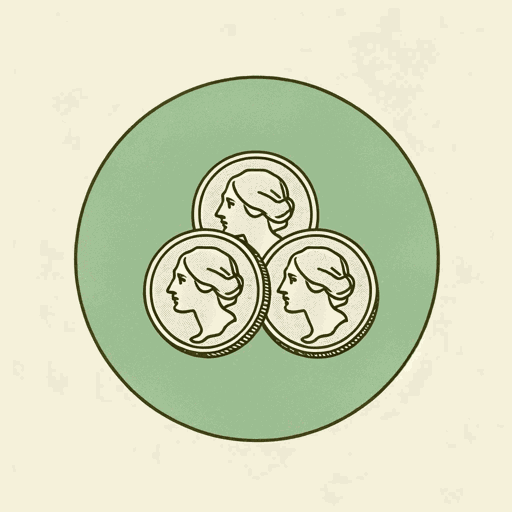51 pages • 1 hour read
Virginia WoolfThree Guineas
Nonfiction | Essay / Speech | Adult | Published in 1938A modern alternative to SparkNotes and CliffsNotes, SuperSummary offers high-quality Study Guides with detailed chapter summaries and analysis of major themes, characters, and more.
Symbols & Motifs
The Three Guineas
The three guineas described in the title are the most distinct symbol in the text. Each coin—worth a small amount of money—represents the support she is able to pledge toward an organization or an idea. If she feels that the organization or idea deserves her support, then she is willing to donate a guinea to it. Each of the book’s three parts becomes a discussion and a mediation on whether one particular organization is deserving of Woolf’s support: the women’s college, the women’s professional society, and the anti-war organization of the unnamed correspondent.
Within the text, money represents freedom. Woolf spends a great deal of time equating financial independence to freedom. The ability to fund an education and then earn a fair wage through a career is, to her, central to the equal treatment women should receive. However, due to the patriarchal nature of society, women do not have this freedom. A single guinea, then, becomes an important image: If women are not being compensated fairly and lack the financial capital required to donate to causes, the pledging of even a small amount of money takes on as much significance as a much larger donation made by a man.
Related Titles
By Virginia Woolf

A Haunted House and Other Short Stories
Virginia Woolf

A Room of One's Own
Virginia Woolf

Between The Acts
Virginia Woolf

How Should One Read a Book?
Virginia Woolf

Jacob's Room
Virginia Woolf

Kew Gardens
Virginia Woolf
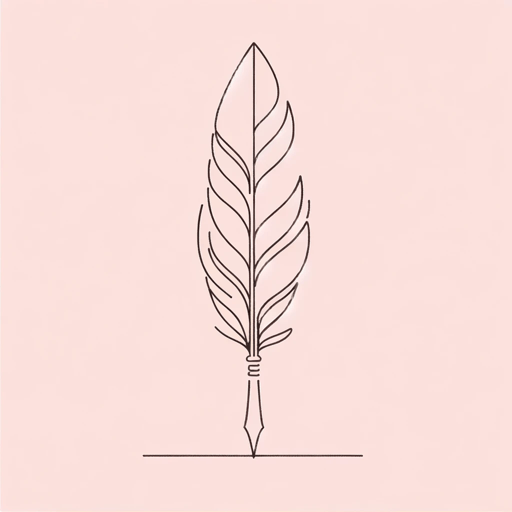
Modern Fiction
Virginia Woolf

Moments of Being
Virginia Woolf
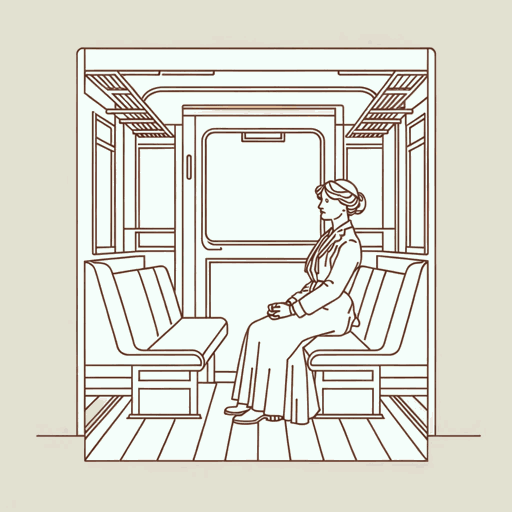
Mr. Bennett and Mrs. Brown
Virginia Woolf

Mrs. Dalloway
Virginia Woolf
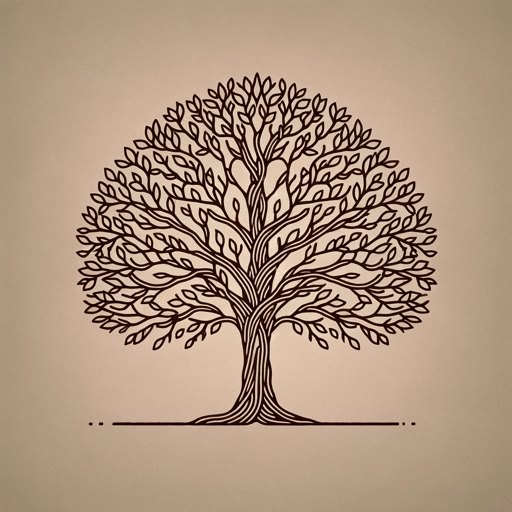
Orlando
Virginia Woolf
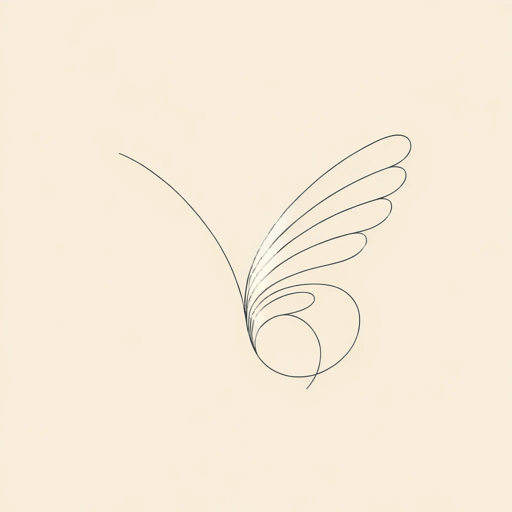
The Death of the Moth
Virginia Woolf

The Duchess and the Jeweller
Virginia Woolf
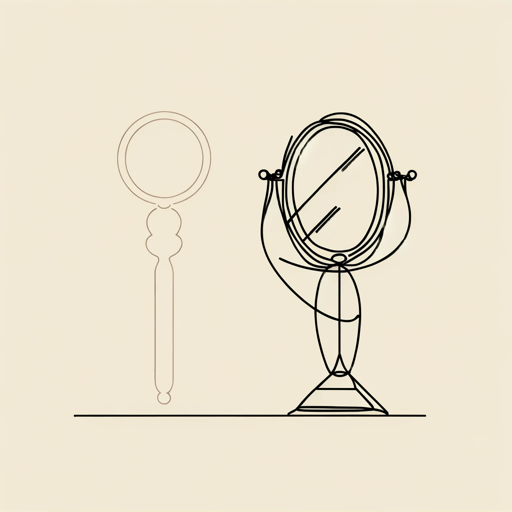
The Lady in the Looking Glass
Virginia Woolf

The Mark on the Wall
Virginia Woolf
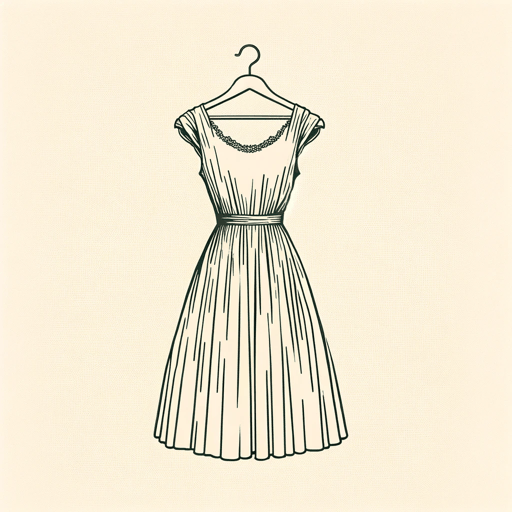
The New Dress
Virginia Woolf

The Voyage Out
Virginia Woolf

The Waves
Virginia Woolf

To the Lighthouse
Virginia Woolf
